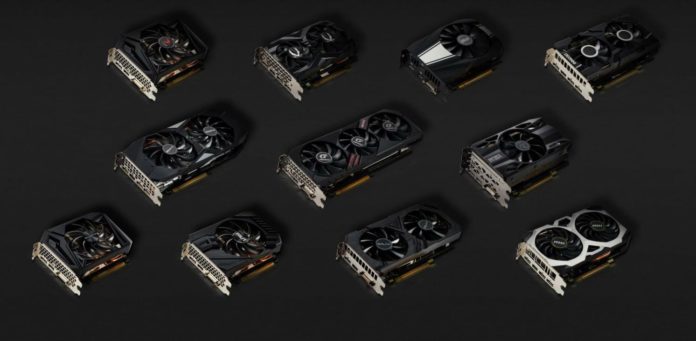NVIDIA released its latest Turing based 16 series card at a launch price of $220 yesterday. Being just 20 bucks more than the GTX 1060, it’s supposed to be NVIDIA’s next-gen offering for the budget 1080p-60FPS gamer. Till now, AMD’s Polaris cards, namely the RX 580 and 590 were more viable options in this market segment. With the advent of the 16 series cards that is changing fast. The GTX 1660 Ti was meant for fast-paced eSports titles, but the 1660 aims for the heart of the Radeon lineup, pretty much rendering the RX 580 and 590 useless (at their current prices).

- Crytek Showcases Ray-Tracing Demo, Noir
- GPU Powered startups Showcased at Nvidia GTC
- Intel to Work with Facebook on Next-Gen Copper Lake CPU
It’s very likely that we’ll see another 16 series, namely the GTX 1650 which should target the RX 570, but that’s a discussion for another time. For now, let’s have a look at some gaming benchmarks and see how the latest Turing SKU stacks up against the older Pascal cards as well as team red’s Polaris refresh.
NVIDIA GeForce GTX 1660 Benchmarks
AMD Releases Dual-Core A6 9400 APU For $35
These benchmarks clearly indicate that AMD needs to come up something fast (Navi?), or it’s going to lose its grip over the mainstream graphics card market. The GTX 1660 is roughly 20% slower than it’s Ti sibling and faster than the RX 580 by the same percentage. It trades blows with AMD’s Radeon RX 590 and beats it in pretty much every scenario. Considering that the 590 is priced higher than

The RX 580 is roughly 20-30 bucks cheaper than the 1660 and on an average lags behind by 20%. Given the lower TDP, heat dissipation as well as the benefit of
Further reading:
- ASUS ROG Announces Strix XG49VQ, Ultra-Wide 49” 144Hz HDR Gaming Monitor
- AMD Partner Sapphire To Stop Producing Radeon VII, To Wait For Navi
- Western Digital launches new SSD with NVMe internals
Benchmark courtesy: AnandTech
















